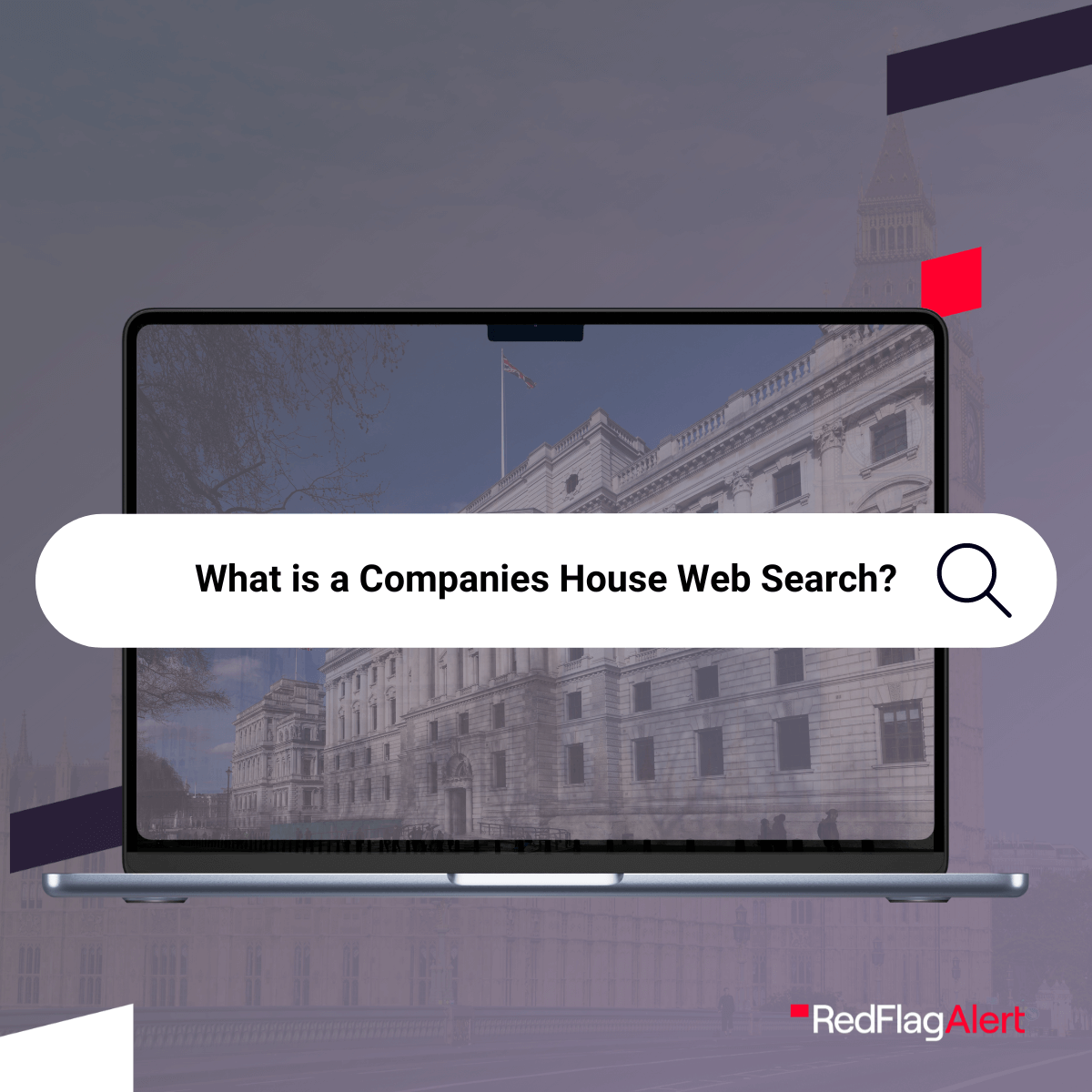Most businesses target their products at several different customer subsets. Even a company as simple as a pizza restaurant will have a large variety of customers – people looking for a romantic meal, families and groups of friends eating before a night out.
Each of these customer subsets wants something different from their dining experience. Restaurants that can effectively identify these customer subsets and work out what each one is looking for can tailor their messaging towards each group and increase the effectiveness of their sales and marketing material.
B2B businesses are no different. In this article, we’ll look at how B2B businesses can use Red Flag Alert data to produce tailored messaging for different customer subsets.
Start by Segmenting Your Customer Base
The first step to creating tailored messaging is to segment your customers to identify the characteristics of each subset.
Doing this could highlight different buying customer motivations – when companies pinpoint these motivations, they will be able to create marketing and sales strategies that are highly specialised for different customer types.
Let’s take a look at the example of a company that provides short-term financing to businesses.
The company would look at its existing customer base to identify trends in the type of businesses that need its service. For example, after identifying these trends, the company may discover most of its customers fit into one of the following three profiles:
1. New businesses that have failed to gain financing from a bank due to a lack of revenue history.
2. Businesses that are experiencing unexpected cash flow problems such as recently being unsecured creditors in an insolvency.
3. Businesses that want to grow by investing in an expensive asset: for example, property or machinery.
Once businesses have identified these customer subsets, they can move on to the next stage.
Build Prospect Lists and Hit Them With Targeted Emails
Businesses should first use this information on their customers to create a list of suitable prospects that fit each of the above categories. Once the business has this list, it can begin the process of prospecting using tailored messaging that will appeal to each group.
For example, when reaching out to businesses in category one, the sales team can mention its service is useful for helping new businesses get off the ground or discuss how they are able to provide financing to businesses that don’t yet have filed accounts.
This strategy can also be used for inbound leads. When a prospect enters the top of the sales funnel, the sales team can ensure they are targeted with the correct messaging from the moment they begin correspondence with the company.
Create Tailored Marketing Material for Each Category
As the lead gets further down the sales process, the selling business can continue to target them with tailored sales material.
For example, the business could send a case study to a company in category one that shows how it has successfully helped other new businesses get started by providing financing.
On the other hand, they could send businesses in the second category a blog post that explains the benefits of using their service as a method of increasing cash flow over the short term.
Get Even More Granular During Sales Presentations
When the sales process enters its final stages and the chances of a lead becoming a customer increase, sales teams can add company-specific messaging to their sales pitches.
For example, when making sales presentations, teams can tailor the messaging in the presentation to specifically target the business’s aims, goals, and objections.
Going back to the short-term financer example: if they know a manufacturer in category three wants to invest in new machinery to increase production, they can talk about how the cost of the loan will relate to the value brought from the potential production increases.
How Red Flag Alert Helps Companies Create Tailored Messaging
When creating a tailored sales strategy, it is important that businesses have access to a good source of data. This will support all of the above steps, from creating detailed buyer profiles, to customer categorisation, to creating tailored sales presentations.
Red Flag Alert is one such source of information. Here’s a look at how it can help:
- Red Flag Alert provides data on every company in the UK. When prospecting, sales teams know they will have access to information on any business they come across.
- Red Flag Alert provides in-depth data on all aspects of a company, including biographical data like the number of employees, location, and industry, as well as in-depth financial information. Businesses can use this data when analysing their existing customer base to discover trends and to easily categorise new leads.
- Red Flag Alert data can be filtered based on several metrics. This can help sales teams create detailed prospect lists that fit the exact type of company likely to need their product.
- Red Flag Alert data is updated over 100,000 times every day. Sales teams can use these updates to respond to challenges a lead may be facing by offering solutions tailored to its exact situation.
- The financial health rating can help users target prospects that will pass the credit checking process.
To discuss how Red Flag Alert data can help your business create tailored messaging to improve your sales process, click here to start a free trial.



